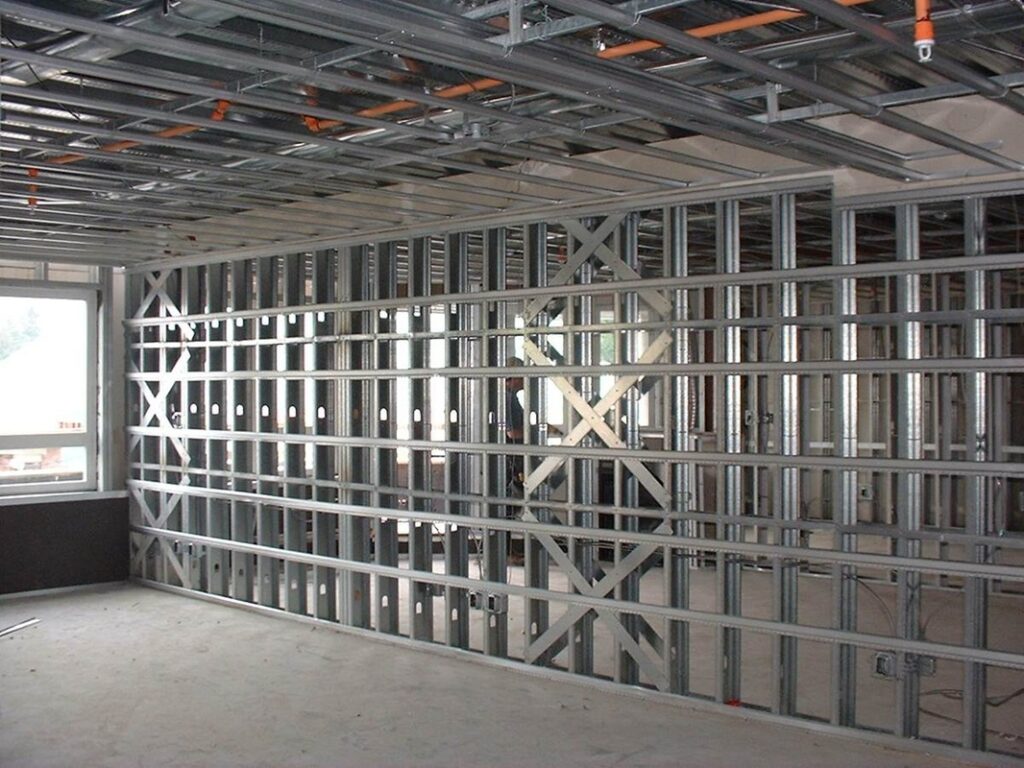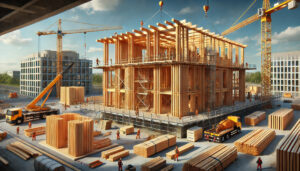Seismic Safety: Why Steel Frame Structures Stand Stronger in Earthquake-Prone Areas
Introduction
In regions threatened by seismic activity, constructing buildings capable of withstanding the forces unleashed by earthquakes is a paramount concern. The choice of building materials and structural designs significantly impacts a structure’s ability to endure such natural disasters. Among the various materials employed in construction, steel has emerged as a leading option for earthquake-resistant structures. This article explores the reasons behind steel frame structures’ superior performance in seismic conditions, focusing on their material properties, design flexibility, and innovative engineering approaches that contribute to their resilience.
Segment 1: The Science of Seismic Resilience in Steel Structures
Understanding Earthquake Demands on Buildings
The primary challenge in designing earthquake-resistant buildings is addressing the dynamic and lateral forces that cause structures to sway, twist, and, in the worst cases, collapse. The success of a building’s design in an earthquake hinges on its ductility—the ability to undergo deformation without losing its structural integrity.
Material Properties of Steel
Steel, with its exceptional strength-to-weight ratio and ductility, stands out as an exemplary material for seismic applications. Its capacity to bend and stretch under extreme loads allows steel structures to absorb and dissipate earthquake energy, reducing the likelihood of catastrophic failure. This section would delve into the metallurgical properties of steel that confer these advantages, including its elasticity and toughness.
Engineering Innovations in Steel Framing
Technological advancements have introduced several steel framing techniques that enhance seismic safety. Moment-resisting frames (MRFs) and concentrically braced frames (CBFs) are two such innovations. MRFs provide resistance through rigid frame connections, enabling buildings to withstand severe shaking by flexing their joints. CBFs, with their diagonal bracing, offer additional lateral stiffness, preventing the kind of deformations that lead to structural collapse. This segment would explore these concepts with diagrams and examples to illustrate how they function under seismic stress.
Segment 2: Real-World Applications and Case Studies
Case Study: The Performance of Steel Structures in Recent Earthquakes
Analyzing real-world events where steel frame structures have been put to the test offers valuable insights into their effectiveness. The 2011 Christchurch earthquake and the 1994 Northridge earthquake provide compelling evidence of steel’s resilience. Buildings that employed steel framing techniques like MRFs and CBFs withstood the seismic forces better than those constructed with alternative materials, often remaining structurally sound and safe for occupancy post-event.
Innovations in Seismic Design: Base Isolation and Energy Dissipators
Beyond the inherent properties of steel, engineering innovations such as base isolation systems and energy dissipators represent the cutting edge of earthquake-resistant design. Base isolators allow a building to move independently of ground motion, significantly reducing the energy transferred to the structure. Energy dissipators, meanwhile, absorb and divert seismic forces away from key structural elements. This section would detail how these technologies are integrated into steel frame construction, including case examples where they have been successfully implemented.
Global Adoption and Building Codes
The global shift towards steel frame construction in earthquake-prone areas is partly driven by the adoption of rigorous building codes and standards that prioritize seismic safety. Japan, for instance, has been a pioneer in this regard, implementing strict engineering requirements that have made steel frame structures a norm in its architectural landscape. This part of the article would examine the role of policy in promoting steel’s use, highlighting international efforts to standardize safe construction practices.
Conclusion
Steel frame structures offer unmatched advantages in terms of seismic safety, combining material excellence with innovative design to create buildings that stand stronger in the face of earthquakes. The evolution of steel technology and construction techniques continues to push the boundaries of what’s possible, offering hope and protection to communities living in areas of seismic risk.
By prioritizing steel frame construction, the construction industry not only enhances the safety and durability of buildings but also contributes to the broader goal of sustainable development. As research progresses and new innovations emerge, the future of earthquake-resistant construction looks increasingly promising, with steel at its core.
The integration of advanced materials like steel, along with modern engineering practices, underscores a commitment to protecting lives and investments. It reflects a deep understanding of the forces at play during seismic events and a proactive approach to mitigating their impact. As we look ahead, the continued refinement of steel construction methods and the adoption of comprehensive building codes worldwide will be critical in advancing seismic safety and resilience.





